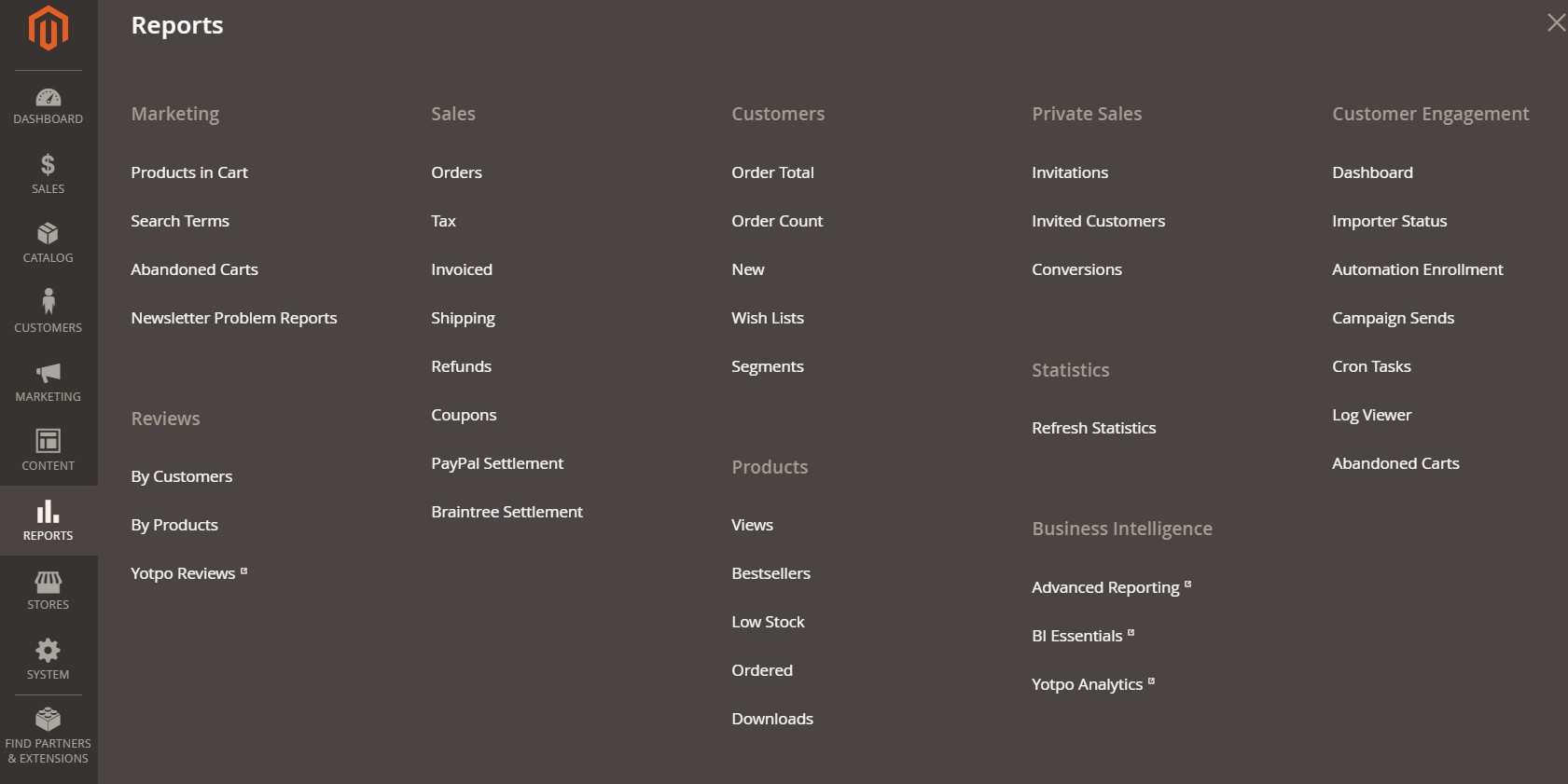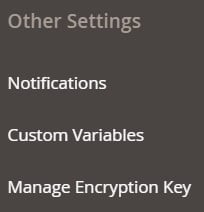Exploring Shopware: How to Create Categories in Shopware 6

Categories on your Shopify e-commerce store let you define the menu structure of the website, putting products in a user-friendly and intuitive order. In the following article, we shed light on how to create categories in Shopware 6. The platform offers an intuitive way to organize all possible items in a catalog. You will discover how to find categories in the Shopware 6 administration and how to manage them. After that, we explain how to add new categories in Shopware 6, covering such aspects as layout assignment, menu settings, product assignment, SEO, custom fields, and customizable links. In addition to creating Shopware 6 categories, we also discuss how to import and export them. More materials about the platform are available here: Shopware 6 Guides.
Continue Reading


 The following article continues delving into the
The following article continues delving into the 